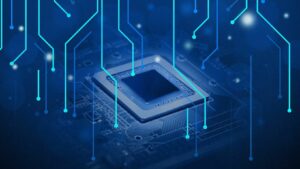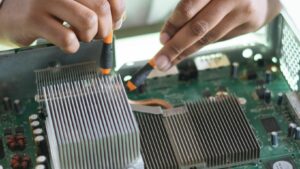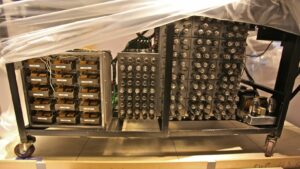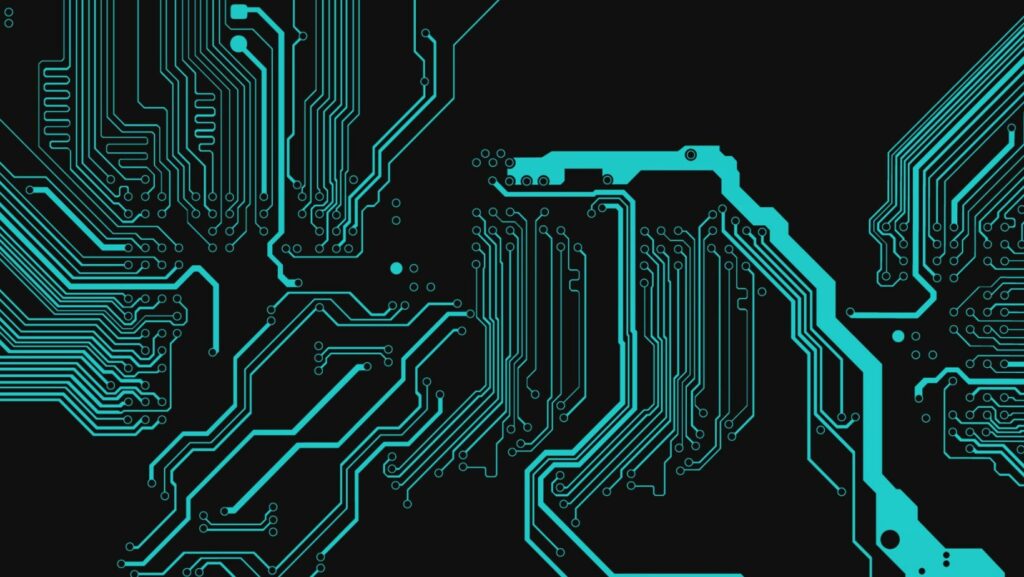In the world of gadgets and gizmos, digital electronics is the unseen force powering our daily gaming interactions. From smartphones to supercomputers, it’s the magic behind the scenes that makes modern technology tick.
What is Digital Electronics

Unveiling digital electronics involves discerning the role of two principal elements – microprocessors and digital logic circuits. Microprocessors, dubbed the brain of a digital device, interpret commands and implement corresponding actions. Examples of such devices envelop smartphones, calculators, and even washing machines, illustrating the ubiquity of digital electronics in everyday life. On the other hand, digital logic circuits efficiently execute tasks by ensuring the flow of binary signals, often represented as 1s or 0s. When faced with a high voltage, a digital logic circuit registers it as 1, while a low voltage denotes 0. Over time, these signals construct complex patterns, paving the path to the execution of sophisticated operations.
Crucially, digital electronics harnesses the power of binary – the simple yet potent language of 1s and 0s – to design, organize, and send instructions to digital devices. This underlines the cardinal principle governing digital electronics: converting real-time data into binary, handling and processing this data digitally, and eventually translating it back into real-world information.
Remember, digital electronics stands at the heart of various cutting-edge technologies, showcasing its pivotal role in propelling humanity towards an increasingly digital future. The knowledge garnered from the next sections, covering digital logic circuits, will be instrumental in gaining a holistic view of digital electronics.
Key Components of Digital Electronics
Building upon the previous exploration of digital electronics, this segment spotlights its core components. These include digital logic gates, microcontrollers, and integrated circuits, each critical to the function of digital devices.

- Digital Logic Gates: They provide the fundamental framework for electronic devices, handling binary data inputs and generating corresponding outputs. Examples include AND, OR, and NOT gates.
- Microcontrollers: These specialized microprocessors control the functions of digital devices. Each microcontroller contains memory, a processor, and interfaces for receiving and sending data.
- Integrated Circuits: Often referred to as ICs, integrated circuits comprise a set of electronic circuits on a small chip. They serve as the building blocks for various digital systems.
Understanding these components deepens one’s grasp of digital electronics. It facilitates the comprehension of complex digital systems and pushes the boundary of what’s achievable in the digital realm.
How Digital Electronics Powers Everyday Life
Digital electronics, by virtue of its components – digital logic gates, microcontrollers, and integrated circuits, have become ingrained in everyday life. Everyday devices, for instance, smartphones, laptops, and tablets, testify to the pervasiveness of digital electronics. Over the course of three decades, digital electronics has enabled the miniaturization of devices, resulting in portable, lightweight, and energy-efficient appliances.

Home automation products, such as smart thermostats and light control systems, rely on the principles of digital electronics to operate. These products drastically improve comfort and convenience, and, in certain cases, contribute to energy savings too.
Embedded systems, another application of digital electronics, mediate the everyday operation of appliances, from washing machines to automobile systems. These specialized computer systems perform dedicated functions within larger systems, and are instrumental in driving modern technology.
Future Trends in Digital Electronics
As we’ve seen, digital electronics is the backbone of our tech-savvy world. It’s clear that it’s not just a part of our day-to-day life but also a critical component in numerous industries. The world of digital electronics is ever-evolving, with new developments always on the horizon. From more advanced microcontrollers to sophisticated integrated circuits, the future holds immense potential. As we continue to rely more on technology, the importance of digital electronics will only grow. Its transformative role in healthcare and manufacturing sectors is just the beginning. Digital electronics will continue to revolutionize our world, making it more efficient and interconnected. So, keep an eye on this space. The future of digital electronics promises to be as exciting as its present.

